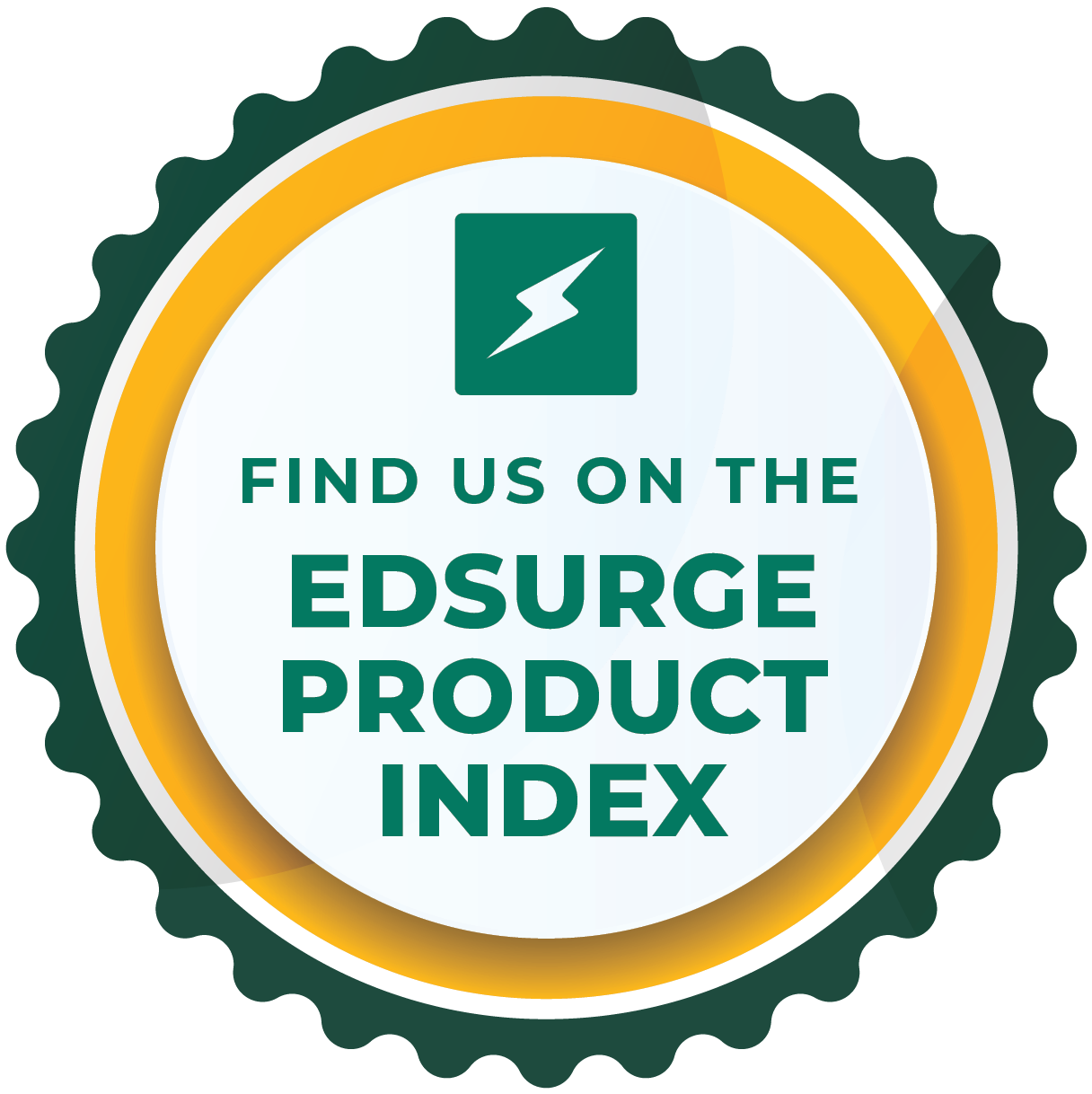High quality instructional materials
- HQIM, or High Quality Instructional Materials, are resources meticulously crafted to meet curriculum standards.
- They save teachers hundreds of hours each year, giving them more time to nurture their students' needs.
- The results are clear: engaged learners, empowered teachers, and better outcomes for all.

Workloads: lightened.
Student outcomes: boosted.
Lessons: loved by all.
That’s the power of HQIM.They don’t just align with curriculum standards—they free teachers to teach and students to thrive.
Currently, teacher workload is unsustainable
Teacher by day,
lesson writer by night
High teacher workload is fuelling teacher turnover. The percentage of out-of-field teachers in STEM subjects is climbing, along with the proportion of teachers who are new to the profession.
In addition to their responsibilities of classroom teaching, lesson preparation, feedback, assessment and much more, teachers frequently find themselves needing to write lesson materials in their own time, either from scratch or using online resources of varying quality.
Teachers report spending an average of 7 hours a week searching for instructional materials, and 5 hours creating their own.1
141%
the percentage of contracted hours teachers are working
44%
the percentage of teachers’ time spent on lesson planning
41%
the percentage of out-of-field teachers in STEM subjects
35%
the percentage of teachers who intend to leave the profession
89%
the percentage of teachers who cite “workload and coping” as the main reason they plan to leave the profession
HQIM save teachers hundreds of hours a year
The result is improved student outcomes
Comprehensive quality-assured instructional materials offer an evidence-based starting point for teachers, saving hundreds of hours in the creation and curation of lesson plans, classroom activities and assessments. They provide the support graduate teachers need and the flexibility experienced teachers deserve.
That means teachers have more time to spend preparing to deliver lessons that are contextually relevant and responsive to their students’ needs and lived experiences.
6 hours
saved per teacher per week
Up to 12%
difference in achievement levels 2
7 months
of achievement gap closed for underperforming students3
40x
more cost effective than reduced class sizes4
Not all curriculum materials are created equally
In a randomised control study from the US Department of Education, the provision of different curriculum materials alone resulted in a 9–12 percentage point difference in student results.5
How to select HQIM
Review your district’s current approach
Consider the resources you currently purchase and whether they meet the high-quality threshold. Our helpful list (keep scrolling!) will support you in the review process.
Equip your teachers with HQIM
When resource creation is no longer the teacher’s responsibility, they’re able to focus on customization, differentiation, providing feedback and building relationships. All of these things have a measurable impact on student outcomes. If your current resources don’t reach the bar, replace them with something that does.
Provide support for implementation
School leadership has a significant role to play in the successful implementation of any initiative. Ensure that time and resources are allocated to supporting your staff to upskill in the effective use of the materials you purchase.
Over 50% of the benefits of switching to a comprehensive curriculum resource are lost if teachers don’t get proper training and support.6
So what does high quality look like?
Comprehensive, coherent and standards-aligned
Flexible and fully customizable by teachers
Up-to-date real-world, relevant contexts
Professional learning for effective implementation
Supports fast, efficient lesson preparation
Evidence-based pedagogies for better student outcomes
REFERENCES
- 1. Australian Institute for Teaching and School Leadership. (2023). National Trends: Teacher Workforce. Retrieved June 17, 2024 from https://www.aitsl.edu.au/research/australian-teacher-workforce-data/publications-and-data-tools/national-trends-teacher-workforce#nav-pt7b-kf6
- 2. TNTP, The Opportunity Myth (2018). Retrieved from https://tntp.org/wp-content/uploads/2023/02/TNTP_The-Opportunity-Myth_Web.pdf
- 3. Agodini, R. et al. (2010). Achievement Effects of Four Early Elementary School Math Curricula: Findings for First and Second Graders. U.S. Department of Education.
- 4. Boser, U., Chingos, M., & Straus, C. (2015). The Hidden Value of Curriculum Reform: Do States and Districts Receive the Most Bang for Their Curriculum Buck? Center for American Progress.
- 5. Steiner, D., Magee, J., & Jensen, B. (2018). What we teach matters: How quality curriculum improves student outcomes. Johns Hopkins.
- 6. Steiner, D., Magee, J., & Jensen, B. (2018). What we teach matters: How quality curriculum improves student outcomes. Johns Hopkins.
